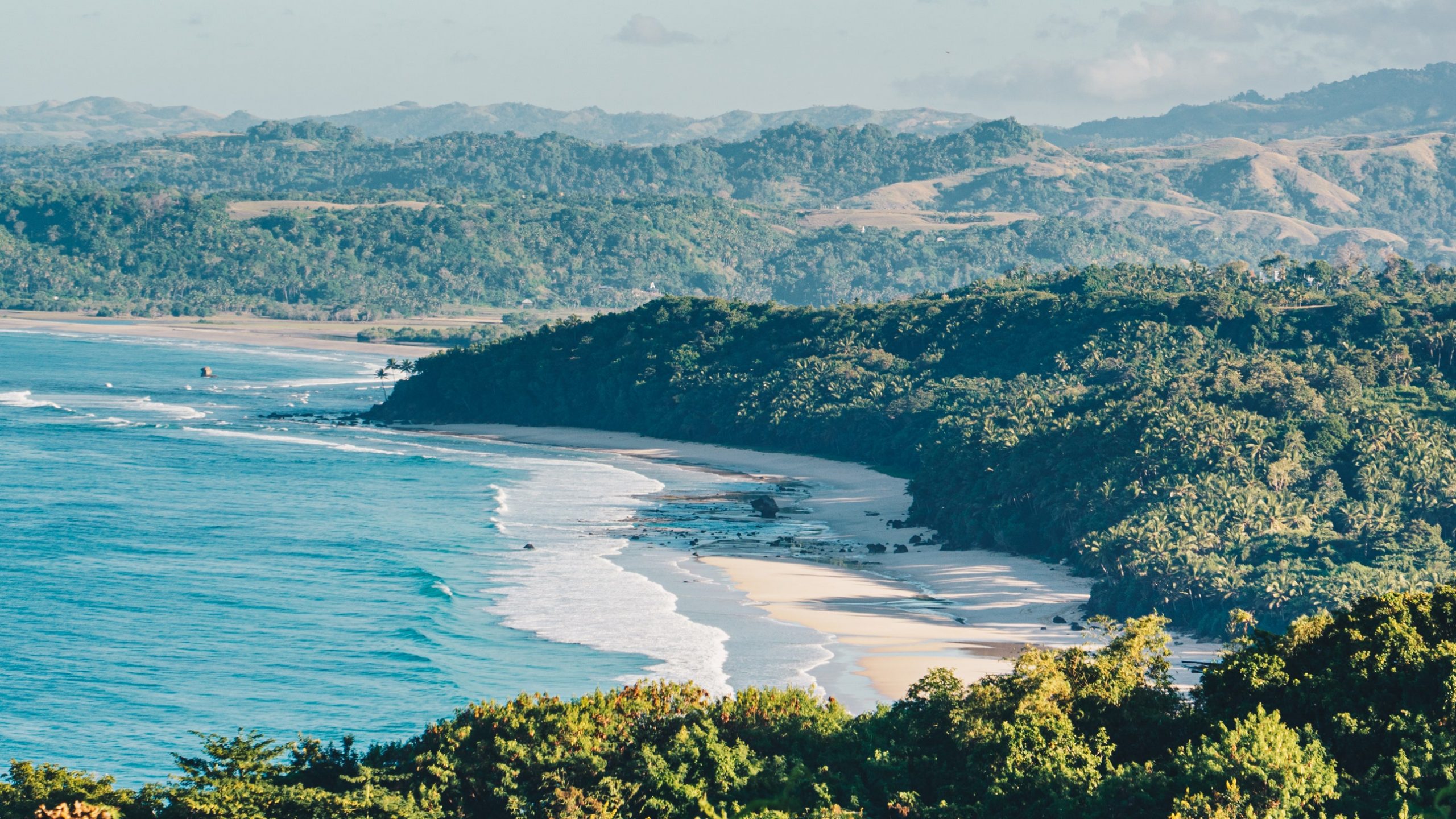Most visitors stay in the west of the island, where it’s a 90-minute drive along quiet, dusty roads from little Tambolaka Airport to resorts such as Nihi Sumba to the south and Cap Karoso to the west. There are magical beaches around here, from the limestone stacks of Bwanna in the south-west to the semi-lagoon of Mandorak in the far west and the Pero estuary, where the fishermen’s wooden outrigger canoes congregate in limpid waters. At the Weekuri Lagoon near Mandorak, locals rent rubber rings and float serenely as the Indian Ocean bursts through blowholes at one end. It’s worth exploring the drier east of the island, too, with its sandal trees and cashew plantations. Natural highlights on the way include the tiered Lapopu waterfall, the Waikelo Sawah falls and caves, and the Waimarang swimming hole, which recalls Mexican cenotes. Traditional kampung villages are dotted across the island, such as Ratenggaro in the west, where the thatched houses and megalithic tombs look over a beautiful estuary of white sand and calm turquoise water.
Where to stay in Sumba, Indonesia
Chris Schalkx
Nihi Sumba
Nihi Sumba (doubles from about £1,215) is still the island’s most famous stay – 28 thatched villas among the frangipani trees, with infinity plunge pools and private butlers to organise sunset horse rides on the beach.
Alamayah
Also on the south-west coast, Alamayah (doubles from about £155) is a surf-facing boutique hotel with six suites, rooftop yoga and a plant-based restaurant.
Cap Koroso
Later in the year, Cap Karoso (doubles from about £185) launches with 47 clean-lined bedrooms and 20 villas, including beachfront homes with lagoon pools.
Maringi Sumba
Closer to the airport and gorgeous Mananga Aba beach in the north, Maringi Sumba (doubles from about £105) is the lush bamboo eco-resort of the Sumba Hospitality Foundation, with newly trained local staff, nine bedrooms and villas and excellent Sumbanese food from the foundation’s permaculture farm.
